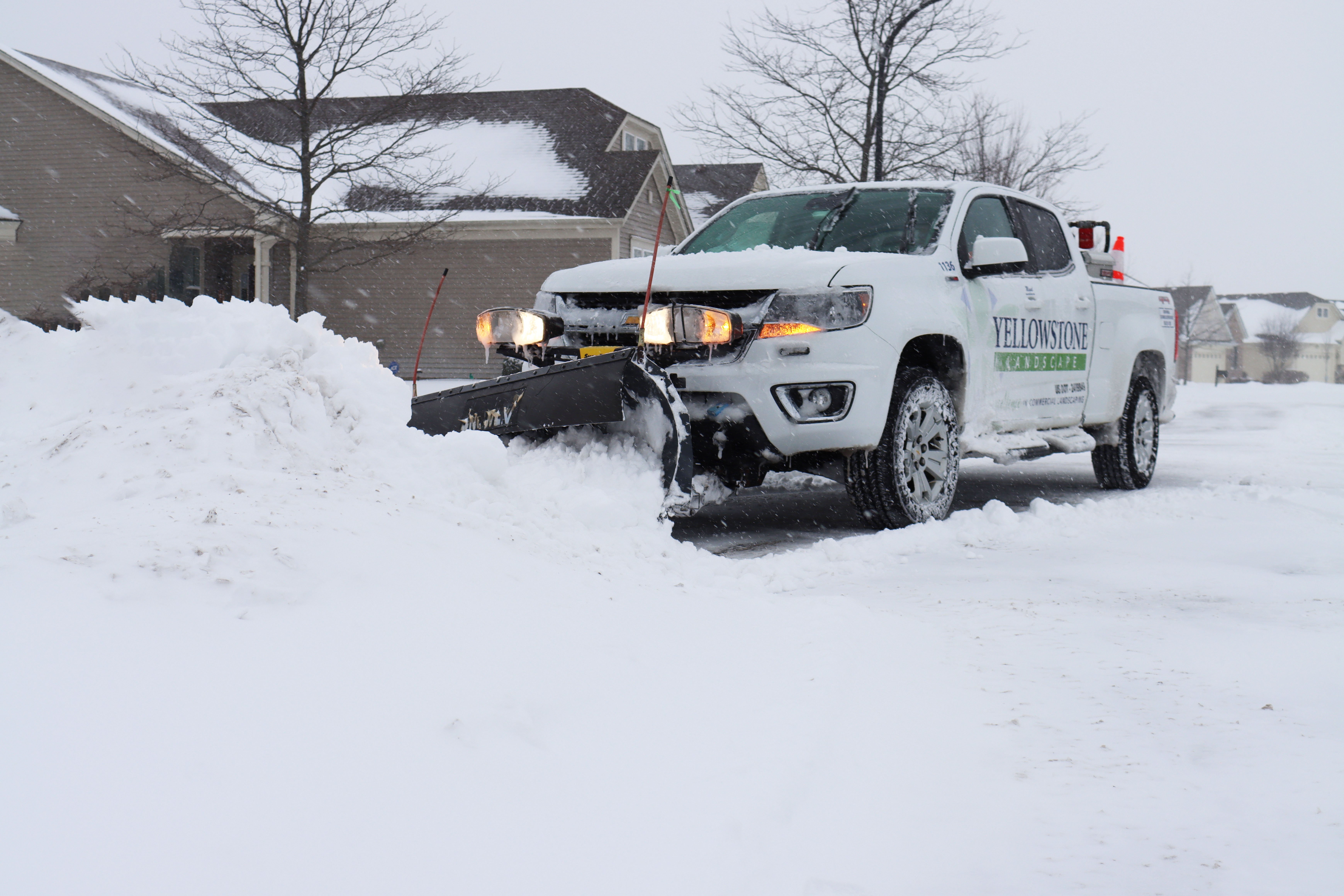With temperatures still well below freezing in many parts of the country, it may not seem like this winter will ever end, but we're here to promise you that spring will come - eventually. And because we know that many of our clients are like us - always planning for the next season - it’s time to start thinking about how you will transition your property’s grounds from snow and ice management and get your property’s landscape ready for Spring.
As we start to close out the snow season and move toward the beginning of the landscape season, we find that many of our clients find it helpful to create checklists for each set of services.
So, here are a few tips we compiled for the end of the snow season and the beginning of landscape season to get you started.
Post-Season Checklist for Snow & Ice Management
1. Check your property for damage. Dealing with your snow and ice all winter is not going to be without some unintended consequences. No matter how careful your winter services provider is, some damage to your landscape is inevitable. Turf areas and plant material, especially in areas near roadways, parking lots, and sidewalks will very likely show signs of damage from salting, plowing, and shoveling. Check your contractor agreement carefully and make sure that you understand what types of damage are the contractor’s responsibility to repair, and what is not included. For example, most contracts will include reasonable, limited turf replacement for areas damaged by plows or salt, but lawn ornaments, lighting, bird baths, and such are not generally included.
2. Remove snow stakes from the property. Snow stakes are one of the simplest and most valuable tools you can add to help minimize damage and assist your snow and ice management provider during their winter plowing operations. These tall, thin poles often include reflective tape to help in low light or overnight plowings. They are very useful to identify objects that can be covered in heavy snowfall, like fire hydrants, and mailboxes, to mark edges of driveways, curbs in parking lots, and walking paths. But once the last snow has melted, their purpose has been served and they should be removed and stored until the next snowfall.
3. Schedule a power washing of areas where onsite equipment was stored. In many cases, your contractor will stage their equipment on your property to help expedite their response time and minimize your risk. Plows, storage bins, and materials used to help manage your snow and ice are generally going to be stored in out-of-the-way locations that may not even be visible, but it’s still a good idea to include these areas in your power washing plans, as you prepare your property for spring.
Pre-Season Checklist For Landscape Management
1. Schedule a meeting with your landscape contractor. Whenever possible, it’s always recommended to meet with your contractor’s representative onsite, before the first landscape maintenance visit of the new season. Proactive landscape management companies will usually take the initiative to schedule these meetings because they know it’s in their best interest to have you fully aware of where your landscape is starting from at the beginning of a new season. Talk with them about your areas of concern and identify any hot-button issues you have with the property coming out of winter.
2. Set follow-up meetings and “punch lists” for spring inspections. We recommend concluding your initial meeting with your contractor by setting a follow-up visit to the site. You’ll certainly want to see the site after your turf and plant materials have woken up from winter’s hibernation and begun to leaf out, so why not go ahead on get it on your calendar while you’re thinking about it? In that follow-up visit, you’ll get a better idea about any areas that will require repair or replacement of turf or plant materials that didn’t survive the winter, or were too damaged to be repaired by your contractor’s normal seasonal landscape management practices.
3. Share your enhancement budget and service expectations. In a healthy client-contractor partnership, transparency on both sides is critical. Your contractor needs to know about any money you have set aside in your budget for the upcoming landscape season, outside of your contractual spend. Again, in a healthy partnership, this isn’t so that they can squeeze every last dime out of you. Rather, when your contractor knows what resources you do (or don’t) have to work with, they can help you put those dollars to the highest and best use for the long-term health and benefit of your property.
And don’t forget to remind them about what level of service you expect from them. Include information they’ll need through the growing season like:
-
When you want them to service the property
-
How to notify you of schedule or service changes
-
Where crews should park and/or take breaks during the day
-
Who is authorized to approve additional service requests
-
How and how often you want to receive service progress reports
-
Ordering information for annual flower displays
-
Contact information for you, your contractor representatives, and backups for you both if one of you is unavailable in an emergency
So, throw another log on the fire and start dreaming about perfect spring days. Imagine yourself walking through the vibrant, green grass and enjoying the shade from your perfectly pruned, healthy trees.
Spring will be here before you know it, and we want to help you get ready for the best landscape season ever. And if you’re looking for a landscape partner to help you make the most of your property’s landscape services investment, we’d be glad to meet with you any time of year.
Request a consultation with your local Yellowstone Landscape Professional today. We’ll walk the property with you, create a customized plan for your specific service needs, and help you get a landscape that you can be proud of all year round.


